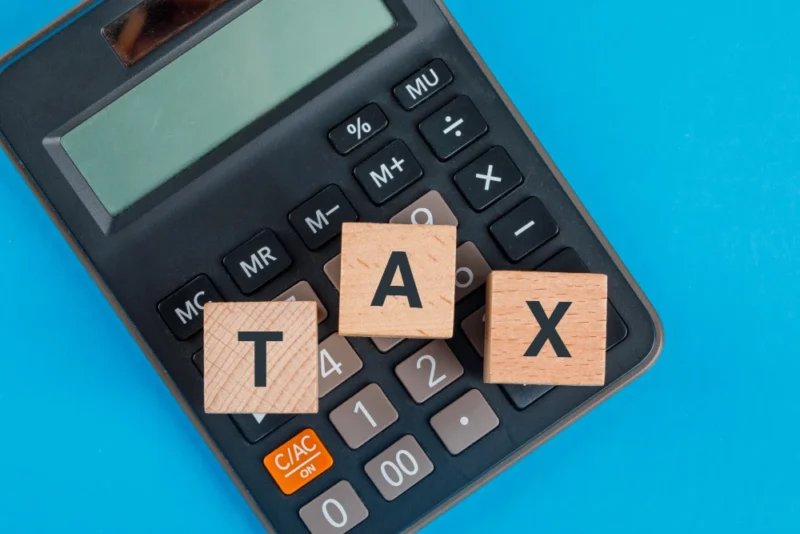Tax depreciation is a fundamental concept in accounting and taxation that allows businesses to recover the cost of tangible assets over time. By spreading out the expense of an asset’s purchase price over its useful life, businesses can miminize their taxable income and decrease their tax liabilities. Understanding the concept and importance of a tax depreciation schedule is essential for businesses looking to maximize their tax savings and optimize their financial performance.
What is Tax Depreciation?
Tax depreciation refers to allocating the cost of a tangible asset over its useful life for tax purposes. Unlike accounting depreciation, which is primarily aimed at matching expenses with revenues for financial reporting purposes, tax depreciation provides tax benefits to businesses by reducing their taxable income. Assets subject to tax depreciation may include buildings, machinery, equipment, vehicles, and other physical assets used in business operations.
How Tax Depreciation Works
Tax depreciation allows businesses to deduct a portion of the cost of a qualifying asset from their taxable income each year. This deduction is based on the asset’s depreciable basis, typically including its purchase price, installation costs, and other expenses necessary to put the asset into service.
Importance of Tax Depreciation
Tax depreciation is vital in helping businesses manage cash flow and enhance their financial performance. By distributing asset costs over time, companies can diminish their taxable income and decrease tax obligations, leading to substantial tax savings. These savings can then be redirected back into the business to support growth endeavours, acquire more assets, or bolster overall profitability.
Maximizing Tax Savings
Understanding and effectively managing tax depreciation can help businesses maximize their tax savings and financial performance. Businesses can minimize their tax liabilities and retain more earnings by strategically timing asset purchases, selecting the appropriate depreciation methods, and maximizing depreciation deductions. A comprehensive depreciation schedule can also help businesses track asset values, plan for future expenses, and comply with tax regulations.
Impact on Financial Statements
Tax depreciation can also impact a company’s financial statements and financial ratios. As depreciation expense reduces net income, it also affects profitability metrics such as earnings before interest and taxes and earnings per share. Additionally, changes in depreciation methods or estimates can impact the carrying value of assets on the balance sheet and influence financial ratios such as return on assets and return on equity.
Compliance and Reporting Requirements
Businesses must comply with specific tax regulations and reporting requirements when calculating and claiming tax depreciation deductions. This includes maintaining accurate records of asset purchases, costs, and depreciation calculations and adhering to IRS guidelines and deadlines for filing tax returns and related forms. Failure to adhere to these can result in penalties, fines, and potential audits by tax authorities.
Conclusion
In conclusion, tax depreciation is critical to business taxation and financial management. By spreading out the cost of assets over their useful lives, businesses can reduce their taxable income, lower their tax liabilities, and improve their overall financial performance. Implementing a comprehensive depreciation schedule and understanding the importance of tax depreciation can help businesses maximize their tax savings, optimize their cash flow, and maintain compliance with tax regulations. So, when it comes to unlocking tax depreciation benefits, businesses must prioritize proper planning, documentation, and adherence to tax laws and guidelines.










